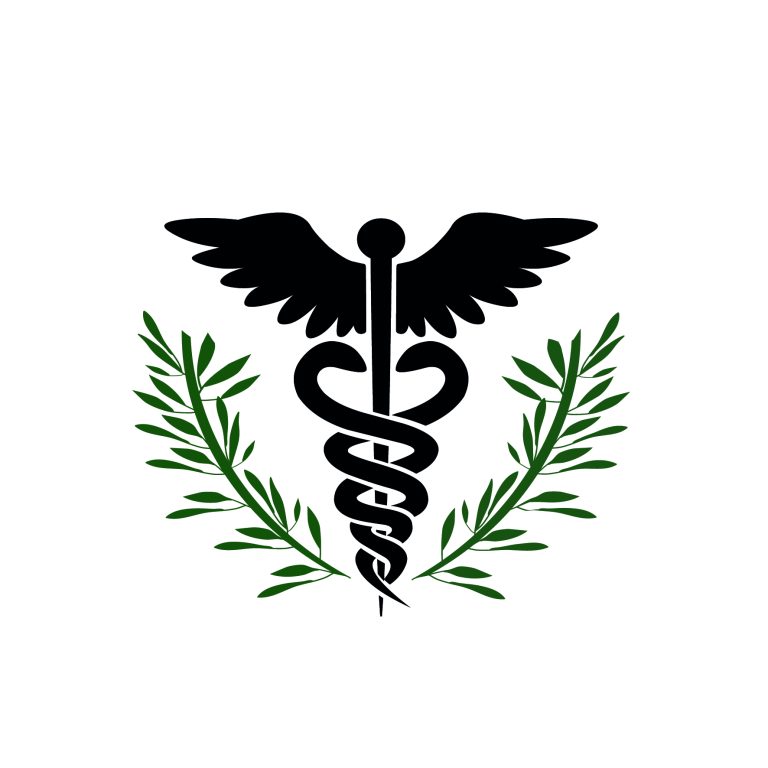On June 17, the Veterans Affairs (VA) Office of Inspector General (OIG) released a report on needed improvements in the tangled process of adding private sector medical records into the VA’s own internal electronic health system.
In broad terms, the audit examined problems in how the Veterans Health Administration (VHA) and the civilian healthcare industry communicate. And it correctly identified the urgent need for this relationship to be seamless so that VHA physicians can “promptly and properly follow up on medical needs or concerns identified during non-VA care appointments.”
The report notes that VHA staff have, at times, mishandled non-VA medical records. This certainly contributes to a breakdown in a communication and must be remedied. Yet the OIG report completely ignores the real problem: the absence, lateness and/or poor quality of non-VA records being returned to the VA.
Turning a blind eye to private omissions has long been baked into the system. During the implementation of the 2014 VA Choice Act, for instance, private clinicians routinely failed to submit documents in a timely manner. This hobbled care coordination, and it also delayed private sector payment. When the private sector complained about the requirement for timely record submission, the rule was quickly dropped.
Equally troubling, as we have previously reported, is that documents provided by the private sector are not required to conform to any expected standards. We’ve spoken to numerous clinicians who have testified to these issues. We’ve also seen agency documents that show private providers have often left out key details in patient records – like what types of treatment or medication they have given veteran patients.
So, while the OIG report rightly points out that some VA staff are inadequately trained on patient records, it overlooks the glaring fact that private sector providers are not either. Coordinating care and entering documentation into a patient’s record can only be accomplished if private sector providers are trained by their own systems —and on their own time — in how to submit information to the VA.
Furthermore, if VA is to invest time and resources training its staff on how to interface with the private sector, then it must receive adequate budgets and staffing levels to accomplish this herculean work. The ad hoc transferring of clinical, clerical and administrative staff from direct care or support duties to monitoring or reviewing private sector care must cease. Staff must be hired – not cannibalized – to do this job.
The permanent replacement of the Choice Act – The VA MISSION Act – was destined to produce the poor care coordination outcomes that the OIG report discusses. The tragedy here is that veterans suffer when VA staff spends less and less time dealing with their health conditions. The VA has historically thrived in large part because it has been unified in a single network with a single records system. Ultimately, the solution to the problems highlighted by the OIG is to stop the onrush to outsource veteran care to the private sector and instead to insource care to those who work in a system designed to provide it – the Veterans Health Administration.


